Fishing Tips: How To Catch Channel Catfish
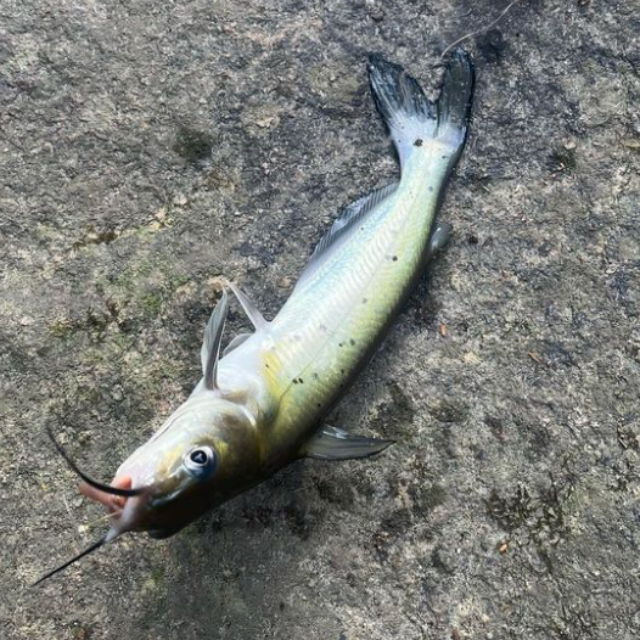
More photos of Channel Catfish.
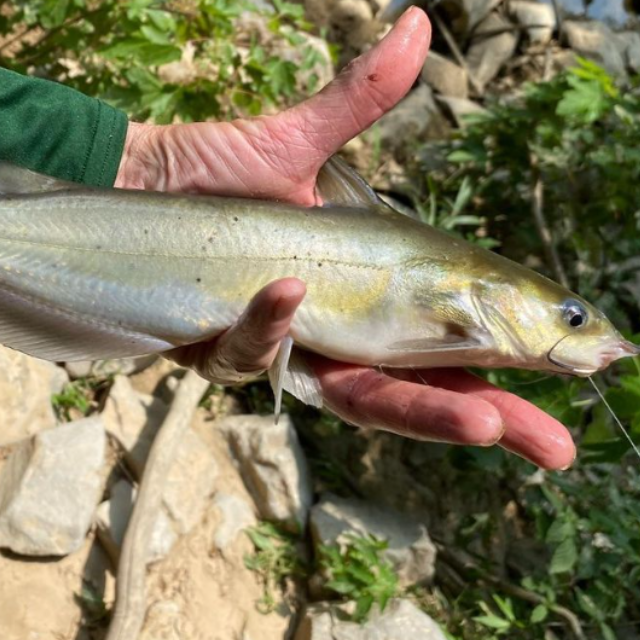
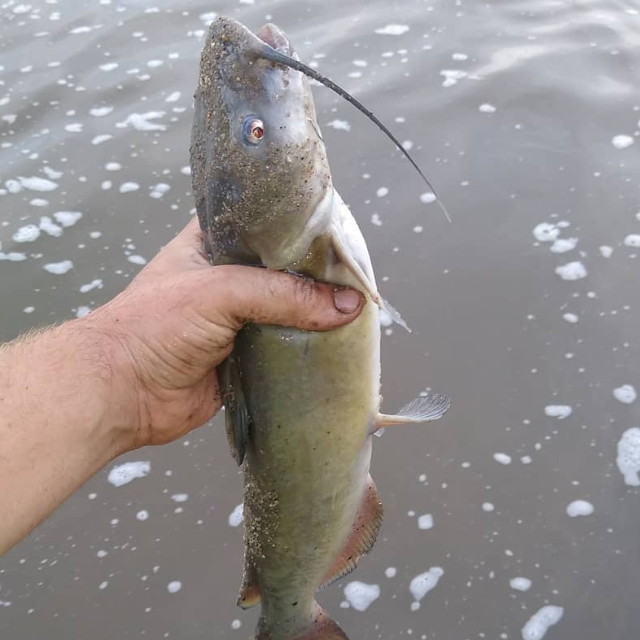
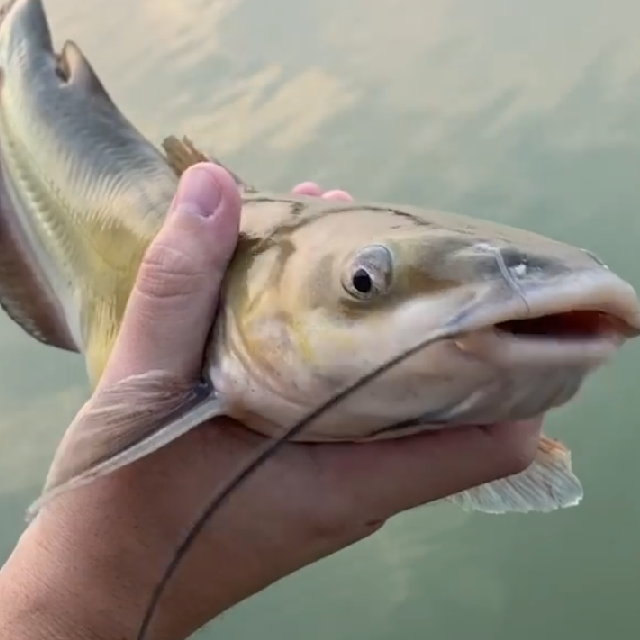
Channel Catfish are among the most popular freshwater fish targeted by anglers due to their size, the fight they offer, and their delicious taste. Found in a variety of water bodies across North America, including rivers, lakes, and reservoirs, Channel Catfish prefer areas with muddy bottoms where they can scavenge for food. They are known for their keen sense of smell, making scent-laden baits highly effective.
Night fishing is particularly productive, as these catfish are more active in cooler, darker conditions.

Berkley Gulp! Catfish Chunks
Soft plastic baits, such as the Berkley Gulp! Catfish Chunks, are designed to imitate the scent an...
Soft plastic baits, such as the Berkley Gulp! Catfish Chunks, are designed to imitate the scent and texture of natural baits. These chunks are infused with a strong scent that attracts bottom-dwelling fish. They can be used on a hook or jighead and are effective in various environments.
Continue reading
Cut Bluegill
Cut bluegill is another excellent choice for bait, especially for larger predatory fish. The tough...
Cut bluegill is another excellent choice for bait, especially for larger predatory fish. The tough skin of bluegill helps keep the bait on the hook longer, while the flesh releases oils and scents that attract fish. It can be used in various water conditions and is especially useful for targeting catfish and bass.
Continue reading
Cut Shad
Cut shad is an effective bait for many species of fish, especially catfish. The oily flesh of shad...
Cut shad is an effective bait for many species of fish, especially catfish. The oily flesh of shad releases a strong scent trail in the water, attracting fish from far away.
Continue reading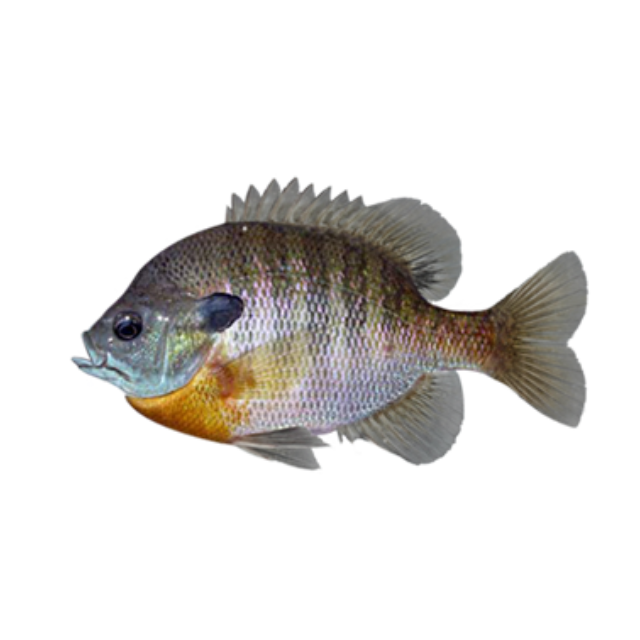
Live Bluegill
Live bluegill are a prime choice for live bait due to their size and natural swimming action. Hook...
Live bluegill are a prime choice for live bait due to their size and natural swimming action. Hooking them through the back or lips allows them to swim freely and naturally, making them highly attractive to predatory fish. They are particularly effective when fished near structures like logs, rocks, and drop-offs.
Continue reading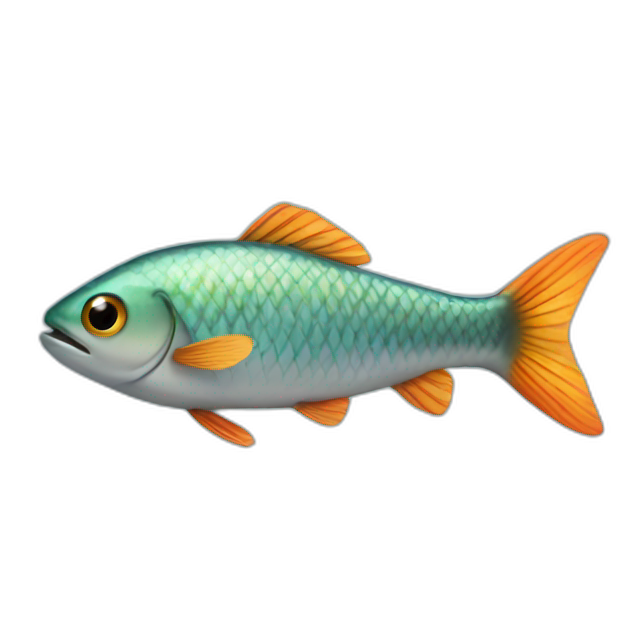
Minnows
Minnows are small freshwater fish used extensively as live bait due to their natural appeal to a v...
Minnows are small freshwater fish used extensively as live bait due to their natural appeal to a variety of game fish. They are typically hooked through the lips or behind the dorsal fin, allowing them to swim naturally and attract predators. Their lively movements and natural scent make them irresistible to many species, including bass, trout, and crappie.
Continue reading
Nightcrawlers
Nightcrawlers, a type of earthworm, are highly effective live bait due to their natural scent and ...
Nightcrawlers, a type of earthworm, are highly effective live bait due to their natural scent and movement. They are commonly used for a wide range of fish species. When hooked correctly, they wriggle enticingly in the water, drawing the attention of nearby fish. Nightcrawlers can be used in various fishing environments, from freshwater lakes to rivers.
Continue readingMore Thoughts on Baits: Channel Catfish are opportunistic feeders with a strong preference for scents that mimic decaying or natural food sources. Using baits that can diffuse scent into the water can significantly enhance your chances of attracting these fish.
Gear To Use For Catching Channel Catfish:
| Gear Type | Specifications | Purpose |
|---|---|---|
| Rod/Reel | Medium to heavy action rod paired with a robust reel. | Ensures you can handle the size and strength of channel catfish. |
| Line | 12-25 lb test line, durable enough for abrasive conditions. | Prevents breakage from sharp catfish teeth and rough underwater structures. |
| Hook | Size 4/0-8/0 hooks, depending on the bait size. | Large enough to handle big baits and strong enough for large catfish. |
| Weights | Heavy enough to keep the bait anchored in strong currents. | Ensures baits stay in the feeding zone and are not swept away. |
More Thoughts on Gear:
How To Identify If You Caught Channel Catfish: Channel Catfish can be identified by their deeply forked tail and the prominent barbels (whiskers) around their mouth, which they use to detect food in murky waters. They typically have a slate blue body with a silvery-white belly and can range in size from a few pounds to over 50 pounds in large specimens. For more detailed identification or to confirm your catch, you can consult local fishing guides or use resources like the Catchpedia Fish Identifier.